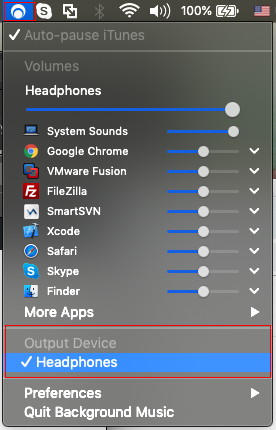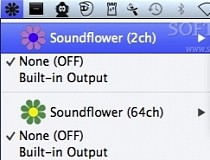

The p5.FFT object can return two types of data in arrays via two different functions: waveform() and analyze() Below example uses the level variable to manipulate the width and height of an ellipse.Įllipse(width / 2, height / 2, level * 500, level * 500) įFT (Fast Fourier Transform) is an analysis algorithm that isolates individual audio frequencies within a waveform. When the getLevel() function is called inside the draw() function, it returns the volume of a sound at the given time of each frame. As we have seen before, for getting amplitude of the microphone input, the getLevel() function can be used directly with the p5.AudioIn object. The p5.Amplitude object keeps track of the volume of a sound, and we can get this number, that ranges between 0 and 1, using the getLevel() function. You can easily get the current amplitude of an audio file that is being played inside the p5 sketch using the p5.Amplitude object. P5.sound library provides many functions we can use to analyse and get data of an audio file or of microphone input. Using p5.sound library for sound analysis create an amplitude object that will use mic as inputĮllipse(x, y, level * width / 2, level * width / 2) use value of level for the width and height of ellipseĮllipse(width / 2, height / 2, level * width / 2, level * width / 2)

Below example uses the amplitude of the microphone input to change the width and height of the ellipse.

The getLevel() function will return a number between 0 (silence) and 1 (maximum volume microphone can detect). You can also use the getLevel() function with the p5.AudioIn object, to get the amplitude (volume) of the microphone input. In the setup() function, we create a new p5.AudioIn object to access the microphone, and we start receiving the microphone input with the start() function. The p5.sound library provides p5.AudioIn object that you can use to access and start using the microphone input. You can access the microphone of your computer within the p5 sketch using the p5.sound library. Using the same if-else-statement structure inside the draw() function, set the background to red if it audio is playing and to blue if the audio is not playing. If isPlaying() is true, pause() the audio, else, play() the audio. It uses the isPlaying() function to check if the sound file is already playing. If you set the audio file to play or loop inside the setup() function, it will begin to play / loop the audio file as soon as the audio file has finished loading and is ready to play.īelow is a simple example of using mousePressed() to play() and pause() audio file, and change the background accordingly.
Install soundflower code#
The above functions that control the audio file need to be preceded by the name of the variable that you saved the loadSound() function to, followed by a dot(.) See the example code below: jump(time): Jumps the playback position to the specified time.currentTime(): Returns the current playback position in seconds.duration(): Returns the duration of the audio file in seconds.rate(r): Set the playback rate of audio file of specified r.

Minimum of 0.0 (silence) and maximum of 1.0 (full volume).


 0 kommentar(er)
0 kommentar(er)
